
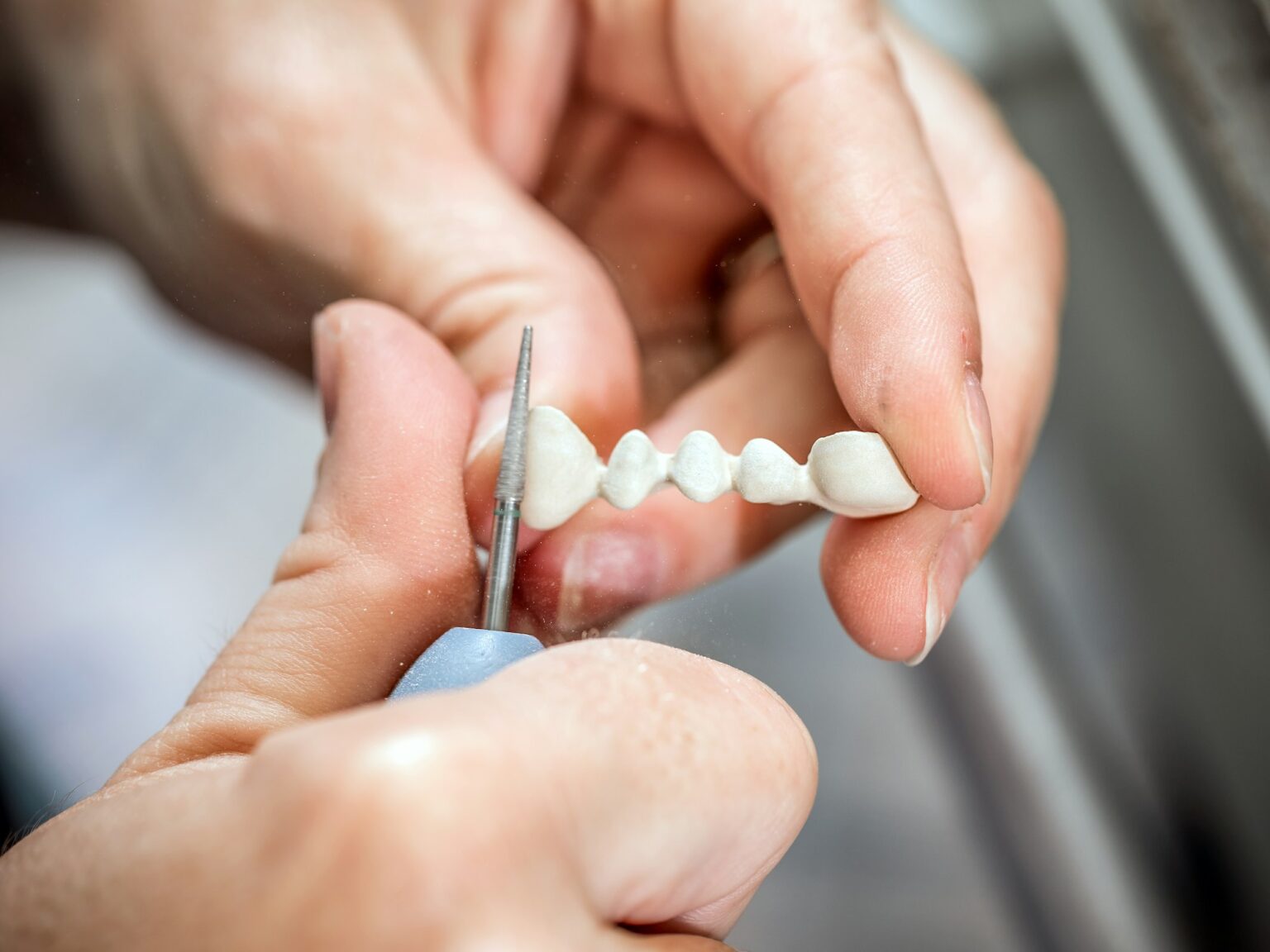
Missing teeth can affect both your appearance and oral health, leading to complications like bite misalignment, bone loss, and gum issues. Thankfully, two effective solutions exist: dental bridges and implants. This post explores why filling gaps is important, the differences between bridges and implants, and how to choose the right option.
When you lose a tooth, nearby teeth may shift into the gap, causing bite misalignment and cosmetic issues. This can lead to:
1. Bone Loss: Teeth stimulate the jawbone through daily actions like chewing. Missing teeth reduce this stimulation, leading to bone loss.
2. Gum Issues: Gaps can make cleaning harder, increasing the risk of gum disease.
3. Chewing and Speaking Difficulties: Missing teeth, particularly in the front or back molar region, affect speech and chewing.
4. Tooth Wear: Shifting teeth can cause uneven wear on remaining teeth, which leads to further dental problems.
Filling the gap with a bridge or implant helps restore your smile and prevents these complications.
A dental bridge replaces one or more missing teeth by anchoring an artificial tooth (pontic) to the teeth next to the gap.
Traditional Bridges: The most common type, these involve crowns on adjacent teeth that support the pontic.
1. Quick Solution: A dental bridge can typically be placed within two dental visits.
2. Non-Surgical: Bridges don’t require surgery, making them a less invasive option than implants.
3. Aesthetic and Functional Restoration: Bridges restore both your smile and normal chewing ability.
1. Alteration of Adjacent Teeth: Healthy adjacent teeth must be altered to support a bridge, which may weaken them.
2. Durability: Bridges last around 5-15 years with good care, but they don’t last as long as implants.
3. Bone Loss: Unlike implants, bridges don’t prevent bone loss in the jaw.
A dental implant is a titanium post that replaces the root of a missing tooth. It is surgically placed into the jawbone, and after it fuses with the bone, a crown is attached to complete the restoration. Implants are considered the gold standard for tooth replacement because they closely resemble natural teeth.
1. Prevents Bone Loss: Implants stimulate the jawbone, preventing bone loss, which can occur after tooth loss.
2. Durability: With proper care, implants can last 20 years or even a lifetime, making them a long-term solution.
3. Natural Look and Feel: Since they are embedded in the jaw, implants feel and function like natural teeth.
4. Preserves Adjacent Teeth: Unlike bridges, implants don’t require neighboring teeth for support, leaving healthy teeth untouched.
1. Surgical Procedure: Implants require surgery, which involves a longer recovery time compared to bridges.
2. Higher Cost: Implants tend to be more expensive initially, and the process can take months to complete due to healing times.
3. Not Suitable for Everyone: Significant bone loss, gum disease, or certain health conditions may prevent a person from being a candidate for implants without additional treatments.
Deciding between a bridge and an implant depends on several factors:
1. Oral Health: If the adjacent teeth are healthy, an implant may be the best choice to avoid altering them. If the teeth next to the gap need crowns or other work, a bridge might be more suitable.
2. Bone Health: Implants require sufficient bone support. If you’ve experienced bone loss, a bridge may be a better option, or you may need a bone graft to proceed with implants.
3. Time and Budget: Bridges are quicker and less expensive than implants, making them a more practical option for some.
4. Long-Term Investment: While implants cost more upfront, they last longer and prevent bone loss, making them a more permanent solution.
Both dental bridges and implants are effective solutions for closing gaps from missing teeth. Bridges provide a faster, non-surgical solution, but may need replacement over time and don’t prevent bone loss. Implants offer a more permanent, natural-looking solution, but come with a longer recovery time and higher initial costs. Consulting with your dentist will help determine the best option based on your unique oral health and budget considerations.
Sources:
1. American Dental Association. “Dental Bridges.” ADA.org, Link.
2. Mayo Clinic. “Dental Implants.” MayoClinic.org, Link.
3. WebMD. “Dental Bridges vs. Implants.” WebMD.com, Link.
At High Mountain Dentistry in North Haledon, NJ, we specialize in Invisalign solutions for you and your family. Dr. Michael Russo, D.M.D., has advanced his training and education including certification with Invisalign. If you’re interested in Invisalign or are due for a cleaning, please contact our office at 973-427-0300. You may also email us at office@highmountaindentistry.com, or find us on the web at www.highmountaindentistry.com. We’re always happy to help.
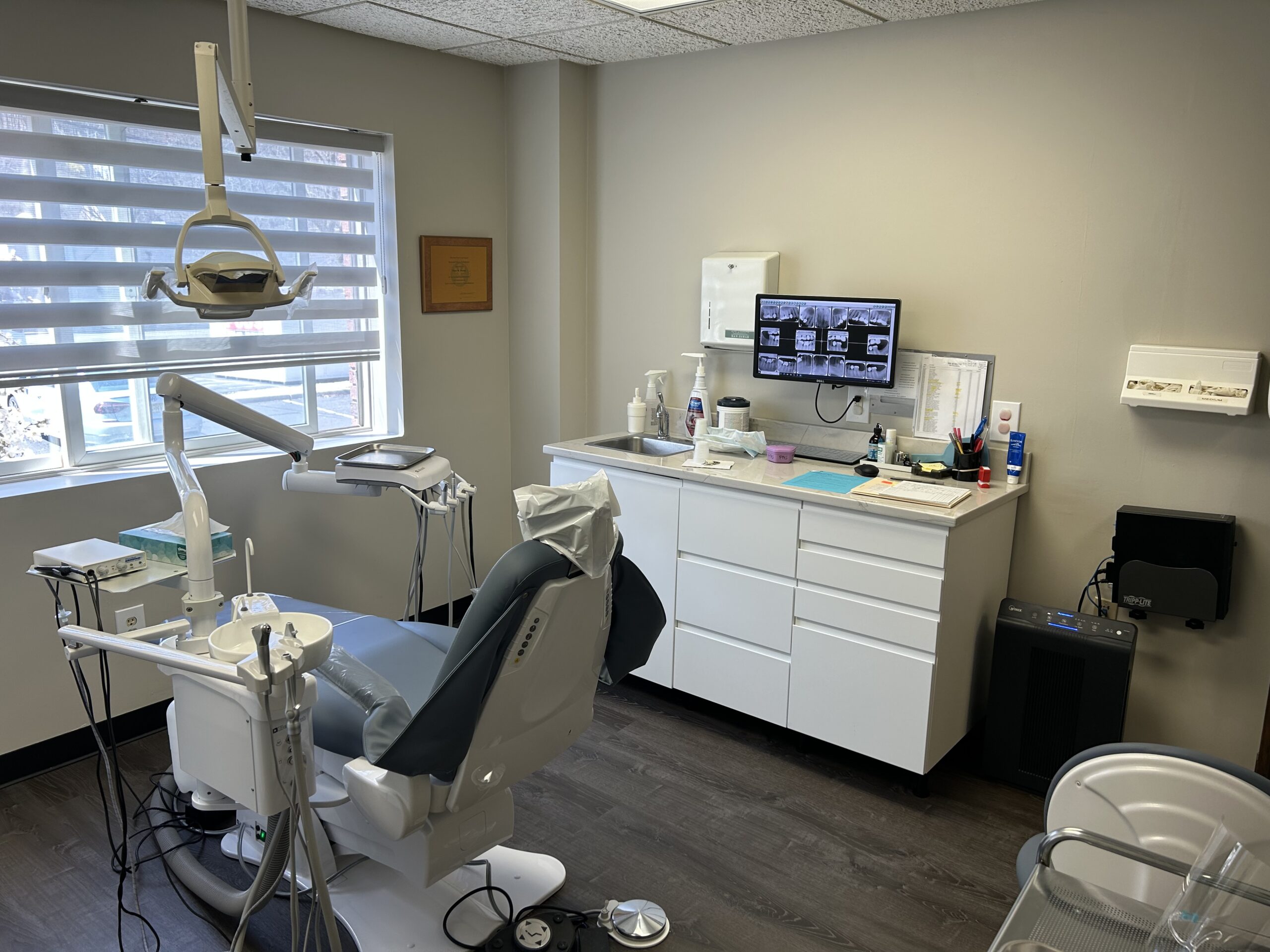
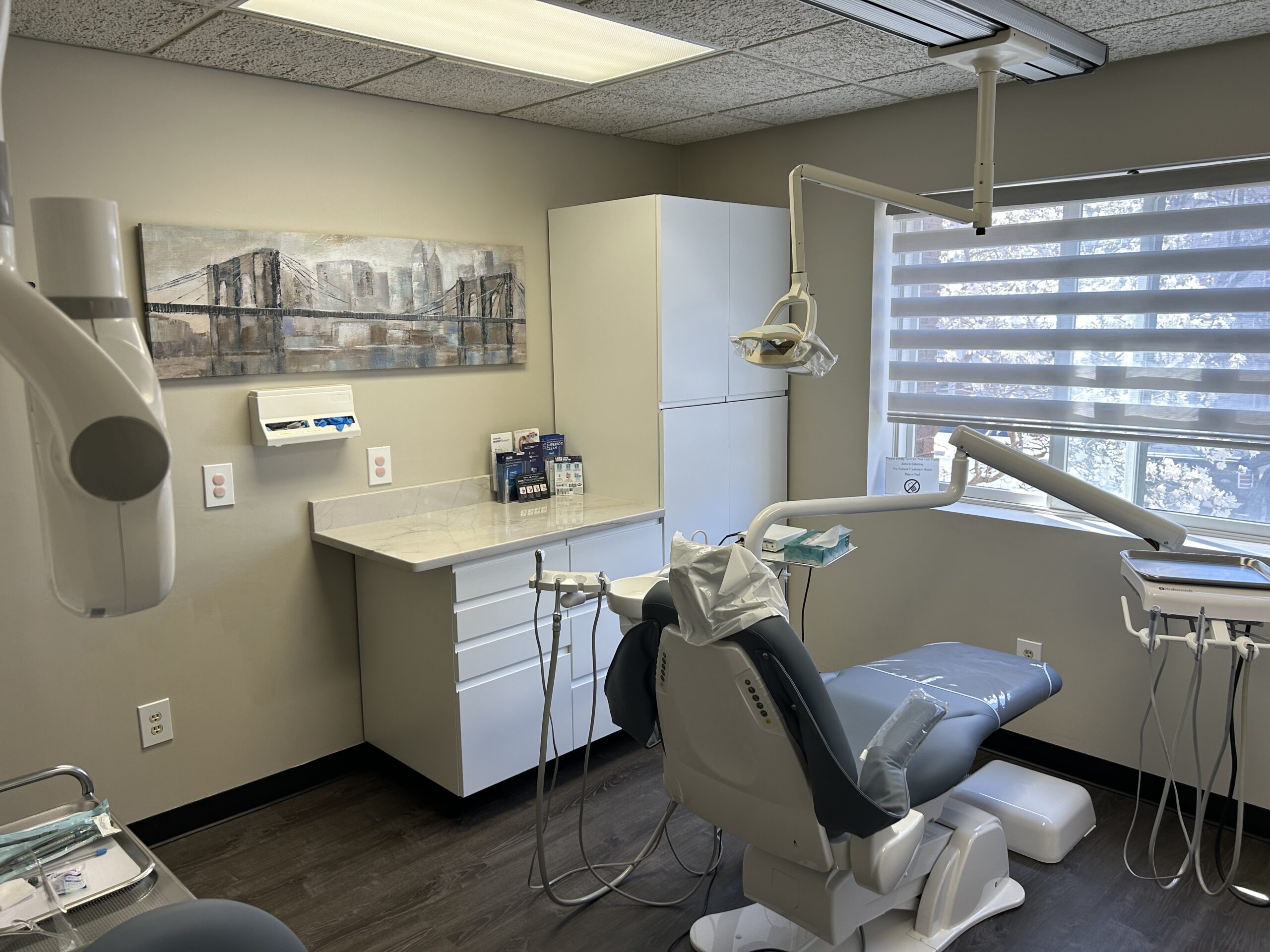

Dr. Perera performs most aspects of dentistry with emphasis on restorative dentistry, including crowns, bridgework, implants; root canals and extractions within his scope of expertise. Dr. Perera has extensive experience with comprehensive cosmetic cases with over 6,000 crown units to his credit.

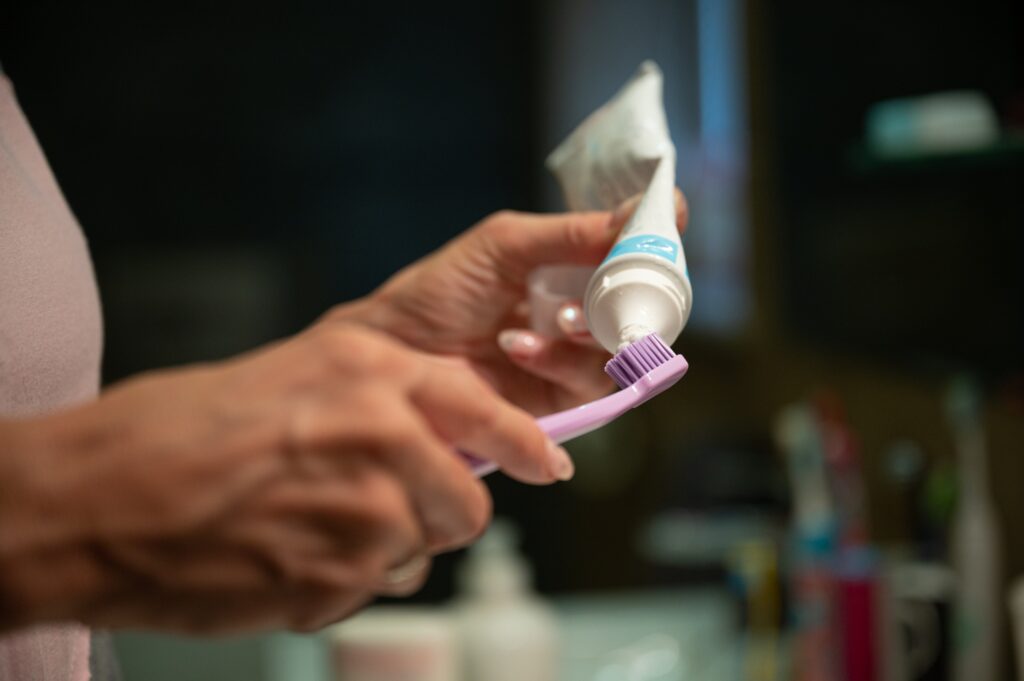

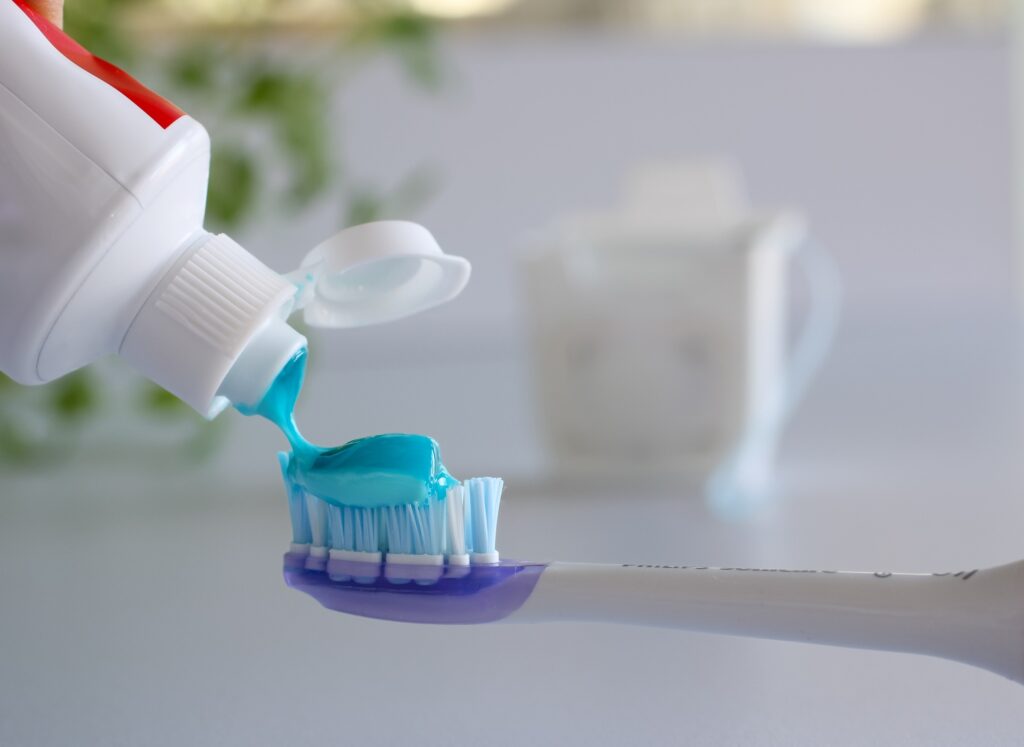


For dental work near North Haledon, NJ, call us today. Our services include teeth cleanings, dental implants, teeth whitening, dental crowns and cosmetic dentistry. We services Bergen & Possaic counties & surrounding areas in New Jersey.

At High Mountain Dentistry, we’re always looking for ways to enhance your dental experience. That’s why we’re excited to introduce the latest addition to our practice: the iTero intraoral scanner. This state-of-the-art technology revolutionizes the way we capture dental impressions, offering a more comfortable, accurate, and efficient process for our patients.

Fluoride has long been recognized as a cornerstone in the prevention of dental caries, particularly among children. Its role in strengthening tooth enamel and inhibiting the demineralization process is pivotal during the formative years when children’s teeth are developing.

New Jersey experiences all four seasons in full force, from freezing winters to humid summers. While you may be aware of how these seasonal changes impact your skin or overall well-being, did you know they also affect your oral health?
Sign up to receive updates, promotions, and sneak peaks of upcoming products. Plus 20% off your next order.